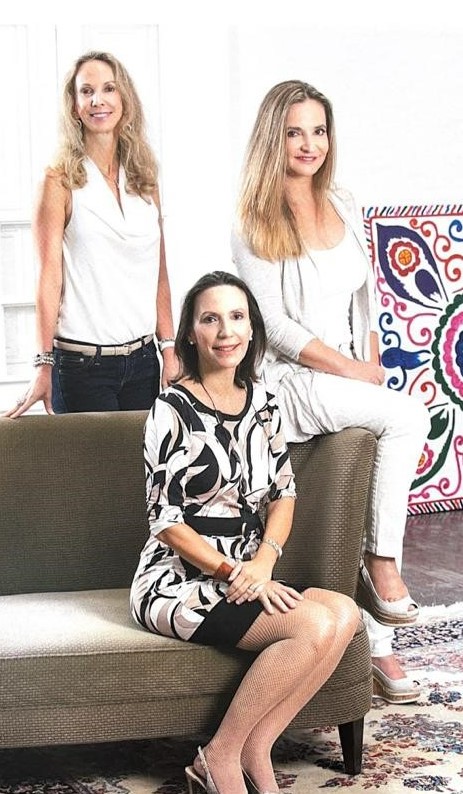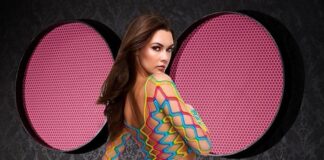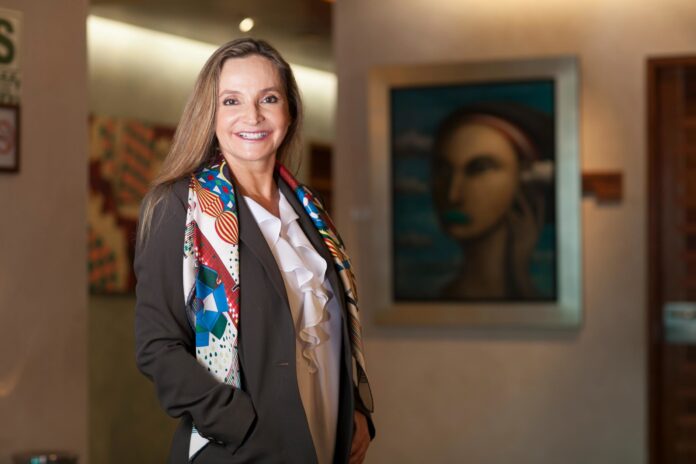
Born in Peru and currently based in London, Susana de la Puente Wiese is a prestigious international investment banker dedicated to investments in new business projects (startups) in Europe. But, above all, her great passion is an art and collecting: “A way of life”.
What Is Art for You?
Art is a space innate to human beings since the origins of humanity, a way to relate and communicate, as well as to embellish the most everyday and ordinary aspects of life. But it is also work and dedication because it requires study, learning, tracking, and continuous renewal.
Are You a Collector for Passion or for Business?
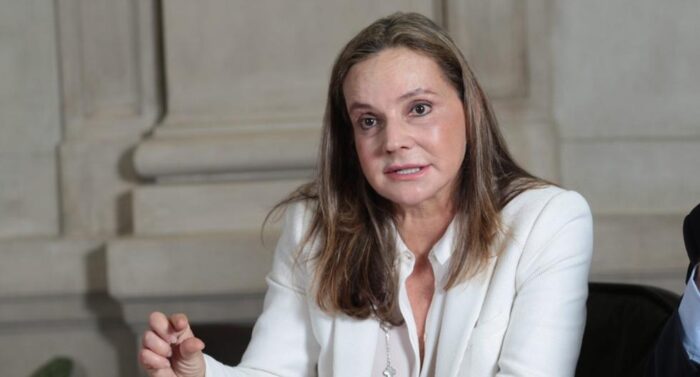
Both. It is a very important part of my life, a way of life we could say, and one of the focuses of my investments. I buy what I like, but with knowledge, research and discipline. The goal is to build a coherent collection that I hope will increase in value over time as its artists develop and gain international recognition.
Could We Say That Collecting Is a Form of Investment?
Collecting can be many things. It can be a profession, an investment, or a passion. There are people who love art and buy it out of passion and conviction, and others who use it as an investment in the hope that the work will increase in value. Regardless of the motivations that lead one to take the step, it is important to remember that it must be done with method, discipline, and knowledge.
It is a reality that art has become an “investment category” in savings portfolios since good art and artists with trajectory and talent tend to increase their value over time. It is also important to be aware that although an artist or a collection can increase in value, it is not an asset that can be easily realized, and, therefore, it is not advisable to view it as a financial saving on which one is dependent.
How Do You Think the Pandemic Has Affected the Art Market?
The pandemic has made the need for art more evident than ever. Far from paralyzing creativity, production, and interest in art, it has stimulated it. It has served as a space for expression, refuge, retreat, and, at the same time, as a spur and channel of communication, at a time when all these aspects were eclipsed. For this reason, creativity and the need for expression through art have developed a pandemic in their wake.
On the other hand, collectors could acquire works virtually and increase their activity by having more free time for study and exchange in the art ecosystem. They also had greater purchasing power, since during the pandemic spending naturally decreased due to the restrictions.
Do You Consider That Collecting, Either as a Passion or a Profession, Has Undergone Changes in Recent Years?
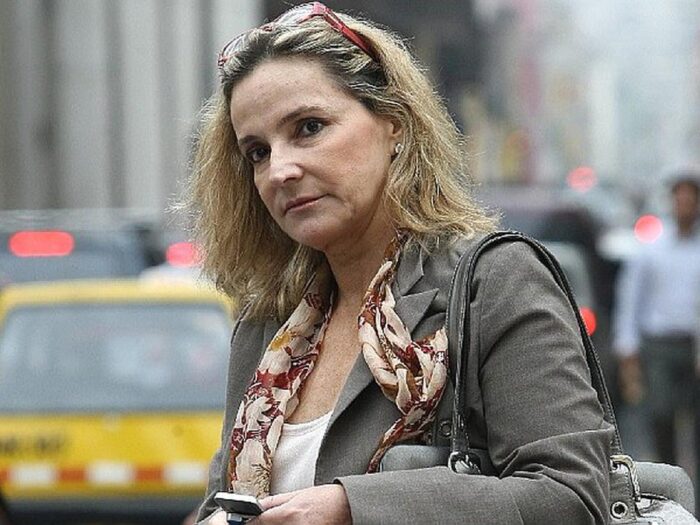
Undoubtedly. Interest in both collecting and art, in general, has intensified over the years. The art market has significantly revalued and developed. It has become much more diverse and affordable, and less speculative as there is more knowledge and exchange, essential factors to drive collecting. And, most importantly, it has become more professionalized.
Where Does Your Passion for Art Come From?
I have been surrounded by art since I was very young. My family has always been linked to it, being long-time collectors. I also have a sister who is an artist and another who is an art gallery owner. I have been lucky enough to grow up surrounded by artworks, painters, sculptors, gallery owners, managers, art critics, and collectors.
My mother’s family is very active in philanthropy dedicated to art in Peru, through the Wiese Foundation. We have an important archaeological development in northern Peru, called “El Brujo” and we are also promoters of the Peruvian pavilion at the Venice Biennale.
Are You Currently Working on Any Artistic Projects?
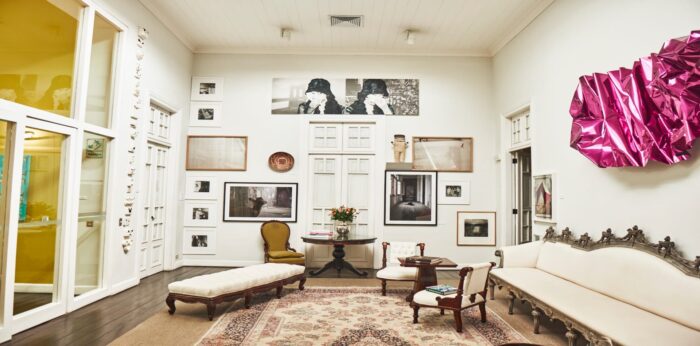
I am intensely involved in the London art scene, as well as in biennials and art fairs in Europe and America. Previously, I have been a member of the Board of Trustees of the Museo de Arte de Lima, and the Museo del Barrio in New York with whom I maintain a close relationship, promoting their initiatives in London and Spain.
You actively participated in the rehabilitation of what we know today as Hotel B, to which you donated part of your personal collection. What prompted you to take part in the project and donate such works?
I have always been interested in Peruvian hospitality, gastronomy, and inbound tourism. When I was living in New York in 2009, I was looking for a place in the bohemian and vibrant Barranco neighborhood in Lima to establish my art collection. At the time, my sister Lucia had the most important art gallery in Peru in the Barranco neighborhood and the opportunity arose to buy a beautiful belle epoque mansion next door. Together we formed a group of investors, collectors, and art and hotel lovers to buy the property and embark on this adventure.
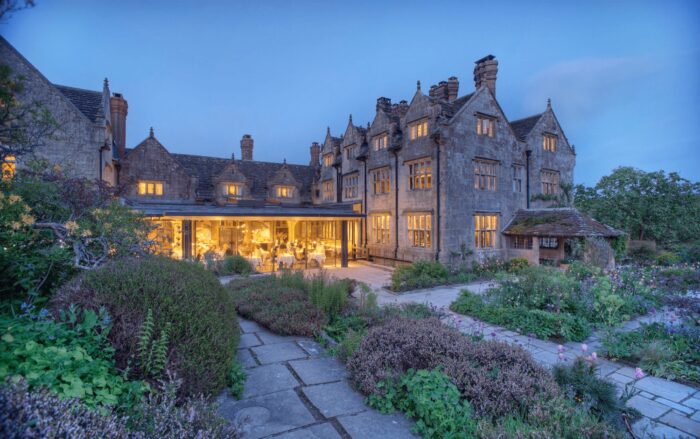
The restoration took two years and the hotel took two more. We opened Hotel B in 2013, simultaneously with an international art fair that was beginning to operate in Lima. The Hotel combines the magnificent architecture of the 1800s with contemporary architecture. Barely a year after its inauguration, the prestigious Relais Chateaux chain invited us to join its network.
Hotel B is, to this day, the best boutique hotel in Peru. The Barranco neighborhood has developed enormously. It now has a multitude of galleries and creative workshops, fashion and Peruvian design boutiques, bars, and restaurants… In addition, Barranco is home to three very important museums: the Museum of Contemporary Art (MAC), the Osma Museum, and the Mario Testino museum, which attracts both national and international tourism. For me and my partners, Hotel B is one of the best investments we have made and certainly the most rewarding.

